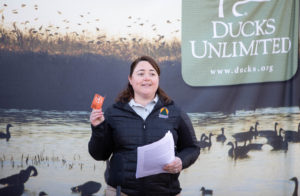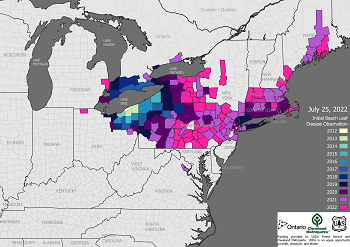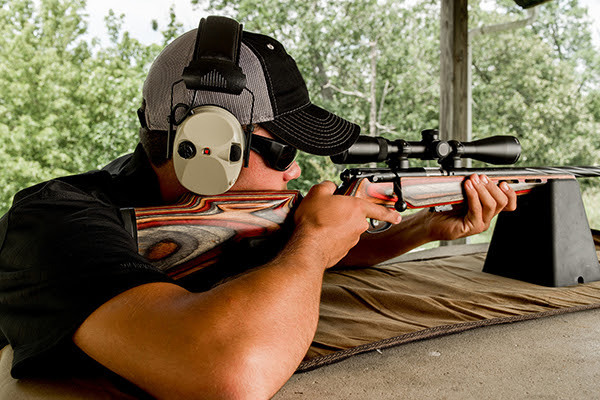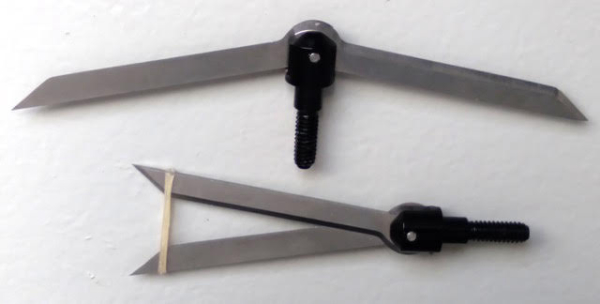By Glen Wunderlich
Charter Member Professional Outdoor Media Association (POMA)
Hopeful hunters will be sighting in their firearms during the next two weeks in preparation for the big event: opening day of regular firearms deer season November 15th. Assuming we’ve settled on a firearm and ammunition and that reasonable accuracy has been achieved at the firing range, we must understand the flight of the bullet to maximize its potential.
One term loosely tossed around in today’s vernacular is point-blank range. We may think of the term as being extremely close to given target – a can’t-miss proposition. However, the point-blank range of any firearm’s chosen ammo is the distance out to which a hunter can hold right on the center of the kill zone and be able to hit within the vital zone. This means, if you set up your gun properly, you won’t have to guess whether to hold high or low on the deer at a particular range, as long as you are within your maximum distance, as determined by the following example.
It is strongly suggested to assume a six-inch kill zone, rather than the actual dimension of a deer’s kill zone of some nine inches in diameter. Doing so provides the hunter with a margin of error for shooting in conditions that are less than ideal in comparison to bench testing.
A lot of hunters make the mistake of sighting in dead on at 100 yards. That’s fine if you are hunting in thick cover or a cornfield, where maximum shooting distance doesn’t require much contemplation. However, if there is the possibility of shooting at longer ranges, a basic understanding of ammunition ballistics can deliver a distinct advantage to the thinking hunter.
A 30-06 with a 180-grain spire point bullet traveling 2700 feet-per-second (FPS) at the muzzle, with a 100-yard zero puts the bullet three inches low at 175 yards. Using the 6-inch kill zone, 175 yards becomes your limit, because the bullet is at the bottom of the vitals.
However, if the same cartridge is set for a 215 yard zero, the bullet reaches its peak of three inches high at 130 yards and drops to three inches low at 255 yards. As long as you know the deer is no farther than 255 yards, you can aim dead center for an ethical kill. Just by changing the zero, you gain 80 additional yards.
There are several means of determining velocity, the best of which is through the use of a chronograph that measures the velocity of fired bullets. If you don’t have access to a chronograph, many boxes of ammo have velocities printed on them. If not, manufacturers have websites with the requisite information for given ammunition that can be used as guides. Understand, however, that certain variables are at play such as barrel length that will affect outcomes to some degree.
Computers and associated graphs are great tools, but what if none is used? Simple. Get to a range where you can actually shoot at various distances and punch some paper.
Once you get sighted in, you can shoot from various positions and with rests you may use in the field. As long as you can keep 9 out of 10 in the six-inch circle, you are shooting within ethical your personal limits. If you fail the test, get closer until you pass the test.
When finished, don’t clean the gun’s bore, because a clean bore may change your point of impact. Just unload the gun, wipe off the exterior, and put it away and it will be ready for action.










